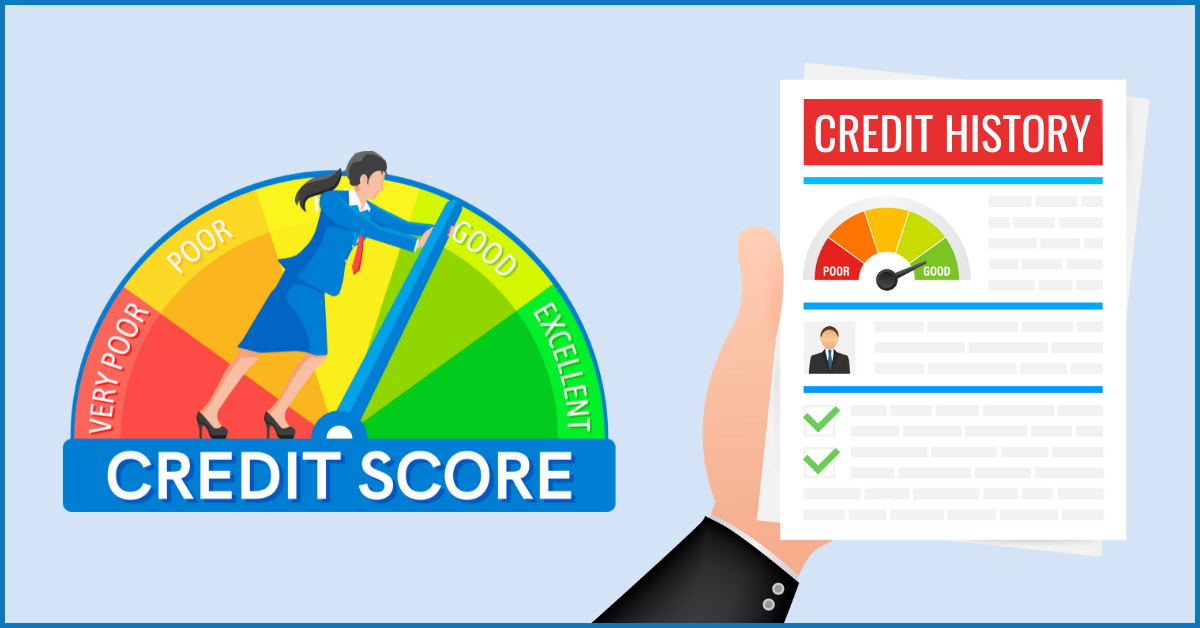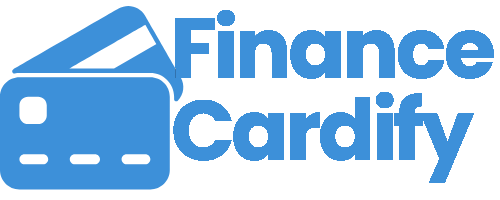In the modern financial landscape, your credit score is more than just a number—it’s a powerful financial tool. It acts as your financial reputation, influencing everything from securing an apartment and getting favorable insurance rates to, most crucially, accessing loans and mortgages. For anyone starting out, a score of zero is simply the starting line. The journey “From Zero to Hero” in the world of credit is entirely achievable, requiring only knowledge, discipline, and a strategic approach.
This comprehensive guide will walk you through the essential steps to not just build credit, but to build a strong, positive financial history that serves your long-term goals.
Why Good Credit Matters: The Foundation of Financial Freedom
Before diving into the “how,” it’s vital to understand the “why.” A high credit score (generally 740 and above) signals to lenders that you are a low-risk borrower. This translates directly into savings:
- Lower Interest Rates: A strong score secures the best interest rates on credit cards, car loans, and mortgages, saving you thousands of dollars over the life of a loan.
- Easier Approvals: Lenders are more likely to approve your applications for credit and rental agreements.
- Better Terms: You’ll gain access to premium credit cards with superior rewards and benefits.
Starting with a blank slate means you have no past mistakes to overcome, but you also have no history to demonstrate your responsibility. The goal is to establish that positive history as quickly and efficiently as possible.
Phase 1: Establishing Your Financial Footprint (The First 6 Months)
The most challenging part of building credit is the initial hurdle: convincing a lender to give you credit when you have none. Here are the best strategies for establishing that first financial foothold.
1. The Secured Credit Card: Your Best First Step
A secured credit card is often the gold standard for credit builders. It works like a traditional credit card but requires a cash security deposit, usually equal to your credit limit (e.g., deposit $300, get a $300 limit).
- How it Works: The deposit minimizes the lender’s risk. You use the card, make payments, and the activity is reported to the three major credit bureaus (Experian, Equifax, and TransUnion). If you default, the lender keeps the deposit.
- The Key: Treat this card exactly like cash. Use it for small, manageable purchases (like a streaming subscription or gas), and pay the full balance every single month before the due date. Many secured cards transition to unsecured cards after 6-12 months of responsible use, and you get your deposit back.
2. Credit-Builder Loans: A Structured Approach
A credit-builder loan is a unique product offered by many credit unions and some community banks. Instead of receiving a lump sum upfront, you make payments into a locked savings account over a set period (e.g., 6–24 months).
- How it Works: The loan amount (e.g., $500 to $1,000) is held by the lender. You make monthly payments, and only once the loan is fully paid off is the money released to you. Your payments are reported to the credit bureaus as a successful installment loan, demonstrating your ability to handle debt and make timely payments.
- Pro Tip: This is an excellent tool for diversification, as it adds an installment loan (different from a credit card) to your credit file, which is beneficial for your credit mix.
3. Become an Authorized User: Leverage Existing Trust
If you have a trusted family member (like a parent or spouse) with excellent credit, ask to be added as an authorized user on one of their long-standing credit cards.
- The Benefit: Their positive payment history and low credit utilization may be added to your credit report, giving you an immediate boost.
- The Caveat: This only works if their use is highly responsible. If they miss a payment or max out the card, that negative history could also appear on your report. Crucially, they should not give you the physical card unless you have a clear, mutual agreement on its use. The goal is simply to inherit their positive history.
Phase 2: Mastering the Fundamentals (The 6-24 Month Mark)
Once you have your first account established, the next phase is about building a habit of flawless management. Two factors are overwhelmingly important for your credit score: Payment History and Credit Utilization.
1. Payment History: The Absolute King (35% of Your Score)
Your payment history is the single largest factor in your FICO score calculation. A single late payment can severely damage your score.
- Set up Autopay: The easiest way to ensure perfect payment history is to set up automatic payments for at least the minimum amount due on every single account. This acts as a safety net.
- Pay in Full: While paying the minimum prevents a late payment, you should always aim to pay the statement balance in full to avoid interest and maintain good habits.
2. Credit Utilization Ratio (CUR): The Second Pillar (30% of Your Score)
Your Credit Utilization Ratio is the amount of credit you are using compared to your total available credit. If you have a $500 limit and a $50 balance, your CUR is 10% ($50/$500).
- The Golden Rule: Keep your CUR below 30% across all your accounts.
- The Hero Goal: Financial heroes aim for under 10%. The lower, the better.
- Strategic Payment: If your credit limit is low (like the initial $300 on a secured card), you might hit the 30% limit quickly. The solution is to make multiple small payments throughout the month instead of one lump sum at the end. This ensures that the balance reported to the credit bureaus is always low.
Phase 3: Optimizing for a Top-Tier Score (Beyond 2 Years)
As your credit history matures, you can start optimizing for the highest possible scores by focusing on the remaining factors.
1. Age of Credit History (15% of Your Score)
This factor is purely a matter of time. Lenders prefer to see a long history of responsible borrowing.
- The Lesson: Never close old credit accounts, even if you don’t use them. An old, unused card with a zero balance is a powerful asset because it increases your Average Age of Accounts and helps keep your CUR low.
2. Credit Mix (10% of Your Score)
Lenders like to see that you can responsibly handle different types of credit:
- Revolving Credit: Credit cards and lines of credit.
- Installment Credit: Loans with fixed monthly payments, like mortgages, car loans, or the credit-builder loan mentioned earlier.
As your score improves, you may naturally diversify your credit mix by taking out a car loan or student loan. Don’t take out debt just for the sake of your credit mix, but recognize that a healthy blend is beneficial.
3. New Credit Applications (10% of Your Score)
Each time you apply for new credit, a hard inquiry is placed on your credit report, which can slightly—and temporarily—lower your score.
- Patience is Key: Only apply for new credit (e.g., an upgrade to an unsecured card or a store card) when you genuinely need it and have a high chance of approval. Space out applications by at least six months.
The Hero Checklist: Your Path to Excellence
To transition “From Zero to Hero,” commit to these actions:
- Set up your first account (Secured Card or Credit-Builder Loan).
- Use your credit card for small, manageable expenses only.
- Pay every bill in full and on time, every time.
- Maintain your Credit Utilization Ratio below 10%.
- Monitor your credit score using free tools provided by many credit card issuers or sites like Credit Karma.
- Review your credit report annually (you are entitled to a free report from each major bureau annually at AnnualCreditReport.com) to check for errors.
Building credit is a marathon, not a sprint. By following these disciplined and strategic steps, you transform a blank slate into a strong financial reputation. Your credit score will evolve from a non-existent number into a powerful financial ally, opening doors to your most ambitious financial goals.


